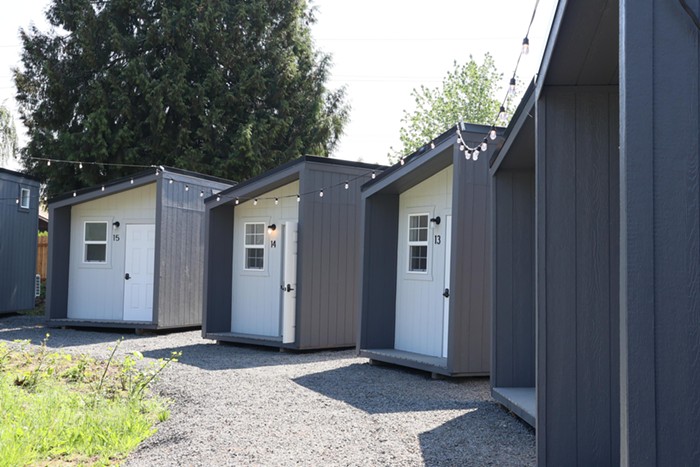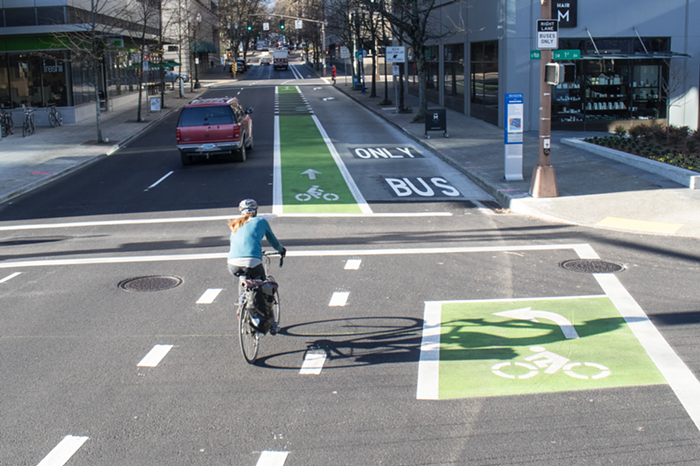
- Steve Morgan
In a lawsuit that went to trial earlier this year, Multnomah County, the bridge's owner, made scathing claims against the Washington State-based construction outfit that installed the deck, and the East Coast companies that supplied it ["A Bridge Broken," Feature, Feb 4].
County attorneys also had sharp words for the engineering firm that had drawn up plans for installing the new surface—crafted from a semi-experimental plastic. That company, Hardesty & Hanover (H&H), had bungled its calculations, the county said. What's more, it had purposely neglected to tell the county that the same decking had failed on a similar bridge in Florida, using similar calculations.
"This is no small matter," the county wrote in a December 2014 court filing accusing H&H of professional negligence and repeatedly casting doubt on the firm's expertise. A jury agreed, ordering the engineering firm to pay more than a fifth of the $5.6 million in damages for the defective bridge.
Today, the county's at work figuring out how to spend millions more to replace the badly botched deck project. But while officials are done with that experimental plastic, they've eagerly re-hired the engineering firm that helped make it such a debacle.
It turns out New York-based H&H has a central role in figuring out how to switch out the Morrison's cracking deck with a heavier, costlier option: a steel grate partly filled with concrete and covered with an asphalt-like surface.


















